We’ve collated the reviews of books on rewilding from BBC Wildlife Magazine. Browse our reviews below – with details of how to purchase each book from a variety of retailers.
If you’re looking for more book reviews, check out our guides to best wildlife photography books, best wildlife gardening books and books on mental health, mindfulness and connecting with nature.
What is rewilding?
The term ‘rewilding’ means different things to different people, and can be a controversial topic.
The IUCN's Rewilding Thematic Group says “The concept of rewilding is relatively new, and whilst it offers great potential for reinvigorating conservation, it is currently defined and approached in several different ways. This is limiting the application of rewilding for ecological conservation and functional restoration.”
Generally, it involves looking at our ecosystems and landscapes on a larger scale and allowing them to revert to their natural forms. This can sometimes mean literally stepping back and doing nothing. In other cases, conservationists may assist with the rewilding process. For example, introducing (or aiming to introduce) either locally-extinct species, such as beavers and white-tailed eagles, or other animals that mimic the role of extinct species, such as Konik ponies and longhorn cattle in the role of now-extinct wild grazing animals.
Best books on rewilding in the UK
Restoring the Wild, by Roy Dennis
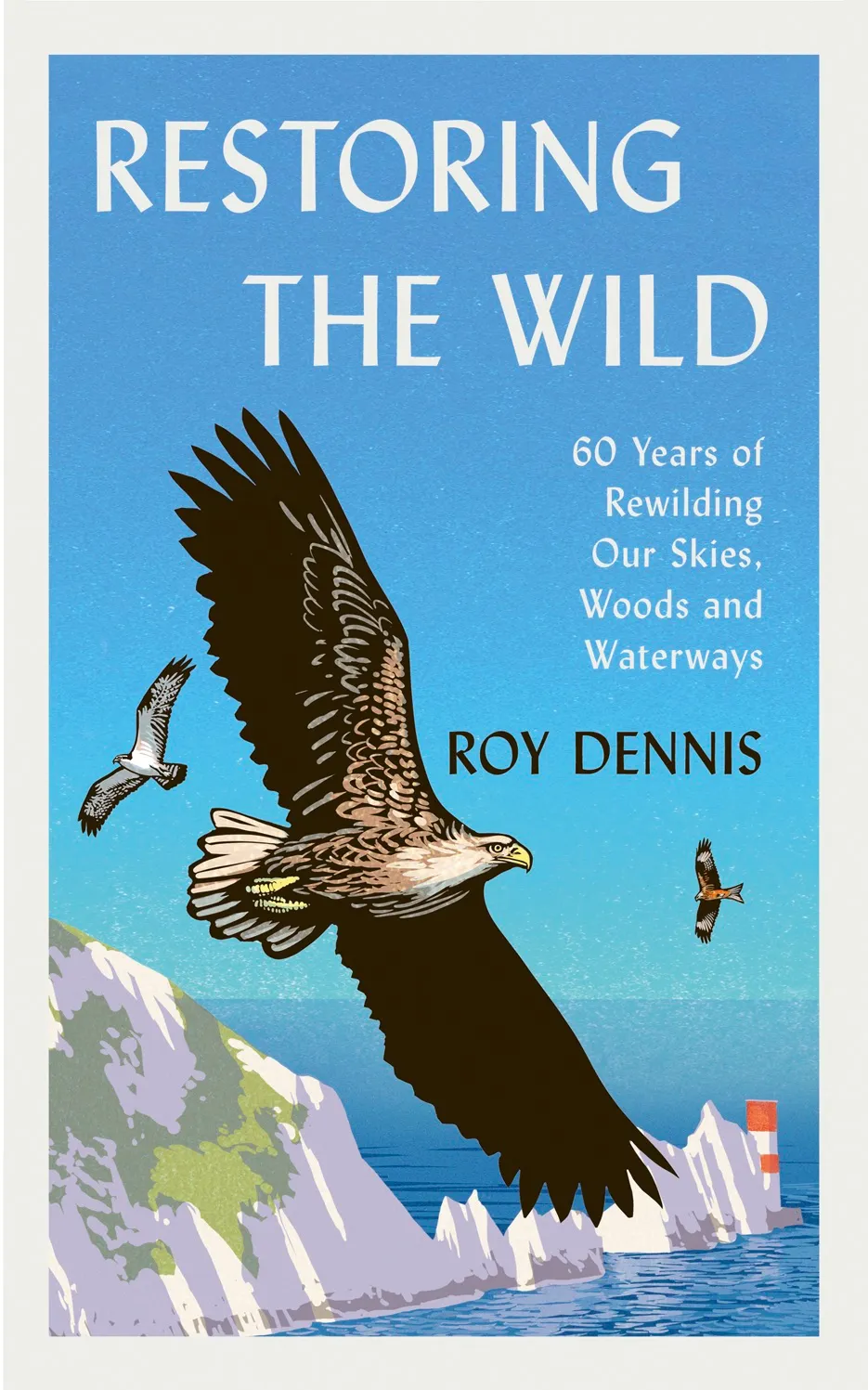
Roy Dennis is one of conservation’s leading lights. He recently made headlines for reintroducing white-tailed eagles to the Isle of Wight, but this achievement was merely the latest in a lifetime of successful reintroductions. The return of lost species is a key element of rewilding and Restoring the Wild is a reminder that conservationists have been doing it for decades.
Unfortunately, this fascinating history is lost among a sea of details. While no one could doubt the author’s devotion to enlivening Britain’s depleted nature, this book relies heavily on his decades-old notes and diaries. Narrative and nuance is hidden among a stream of names, dates and measurements.
If you’re seeking an insight into the daily grind of conservation work, this book may be for you; but to better understand the rewilding debate, look elsewhere.
Reviewed by Sophie Yeo, environmental journalist.
Bringing Back the Beaver, by Derek Gow
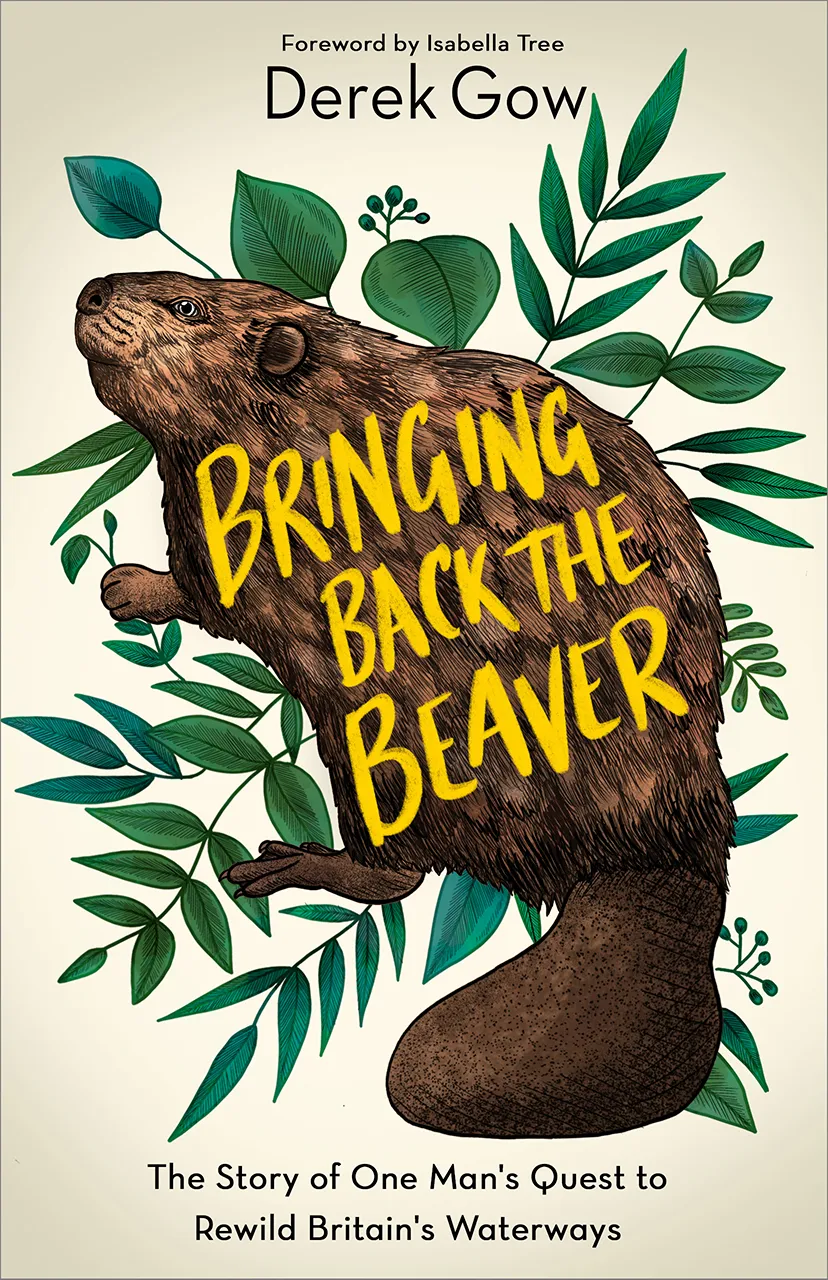
For self-described “beaver nut” Derek Gow, there is no plan B. So degraded are Britain’s landscapes, we must urgently reintroduce beavers and other missing or fast-disappearing wildife to repair at least some of the damage. Since the charismatic Scot had this epiphany three decades ago, after spending time at Gerald Durrell’s Jersey Zoo, he has perfected the complex art of captive-breeding often uncooperative native mammals for release – not just beavers, but also water voles (over 25,000 reared to date), harvest mice and wildcats.
This short, tub-thumping book spares no-one as with blokish humour he recounts the many mishaps along the way, and the countless run-ins with petty officialdom and dithering, warring conservation charities. Not remotely politically correct, Gow is a maverick with fire in his belly. We need more like him.
Reviewed by Ben Hoare, editorial consultant
Wilding, by Isabella Tree
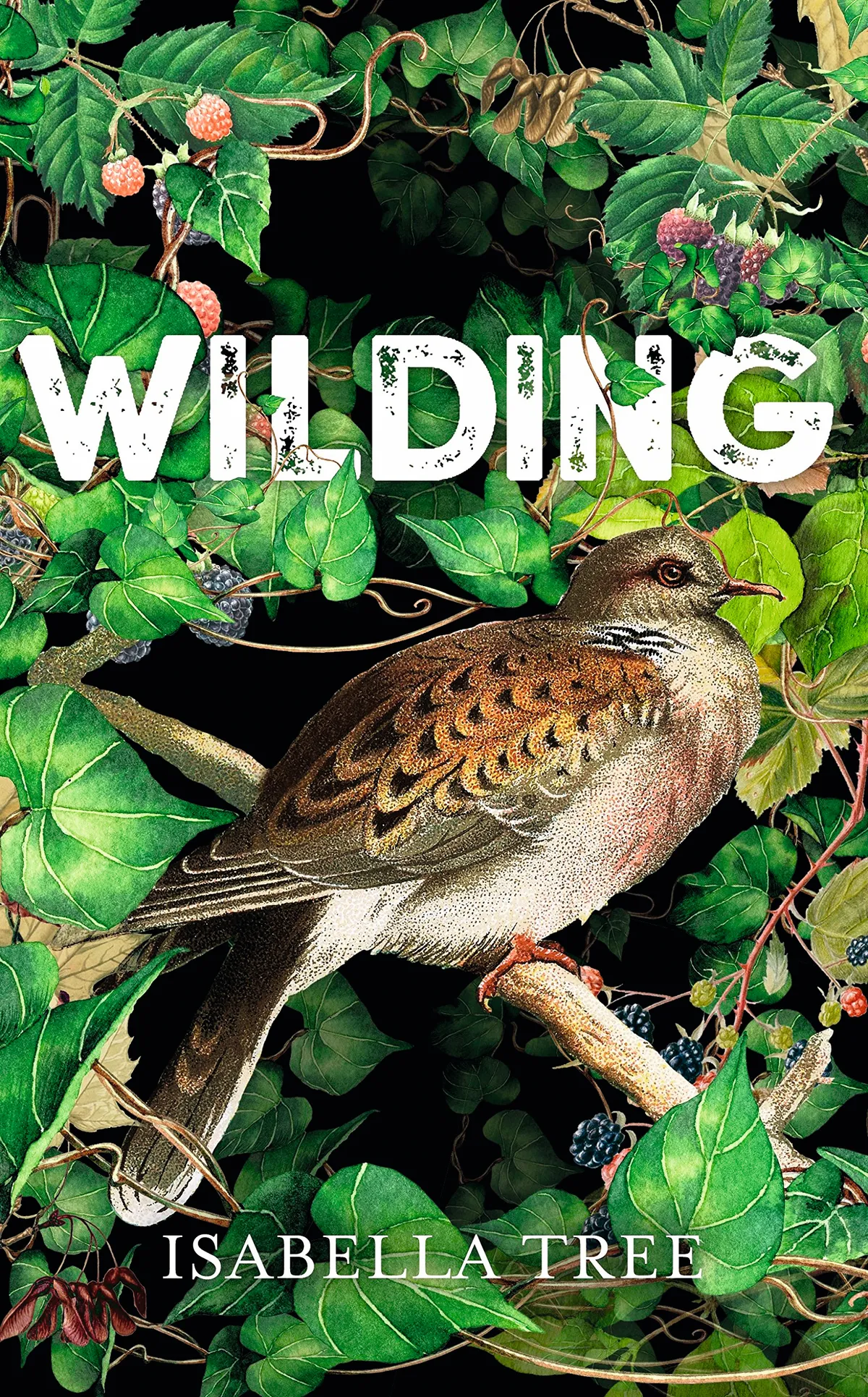
At a time of huge environmental loss in Britain, this is a fierce beacon of optimism. Isabella Tree charts how she and her partner abandoned unprofitable dairy farming at Knepp – their 1,410ha Sussex estate – and delegated management to nature. Going against conventional and local wisdom, they have allowed herbivores – short-horn cattle, Exmoor ponies, Tamworth pigs and deer – to browse, rootle, graze and wallow freely.
In doing so, the animals have transformed the landscape, creating a mosaic of rich habitats, particularly scrub-like savannah, that you simply don’t see in the UK. Wildlife is thriving and money being made from safaris. Could this be a template for more of Britain’s wild spaces?
Reviewed by Fergus Collins, editor, BBC Countryfile Magazine
Rebirding, by Benedict Macdonald
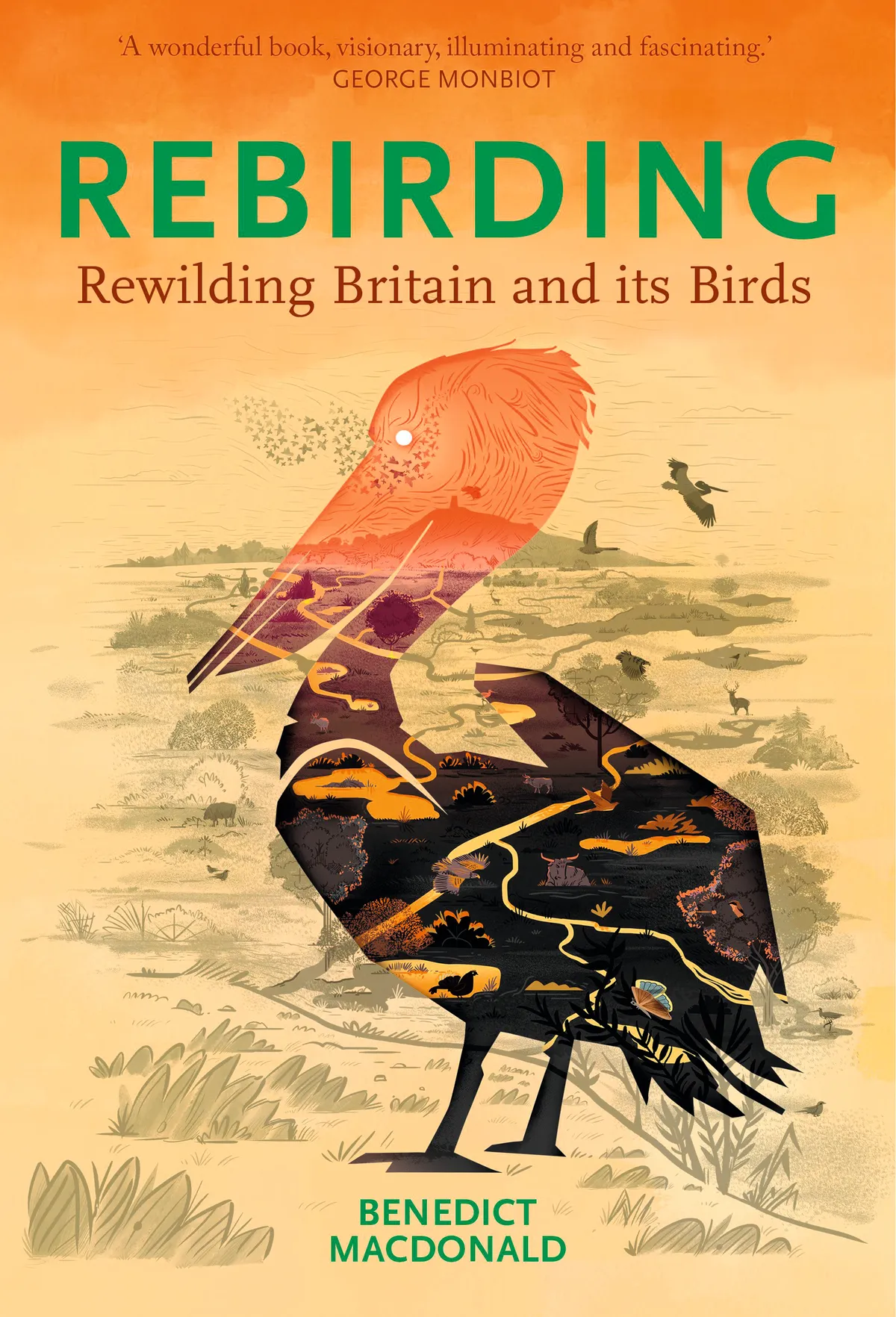
This is a welcome addition to the growing corpus of literature on a very topical and vital issue. As the catchy title suggests, there is plenty here for those, like me, whose primary passion is for birds, but there is also a wealth of information on rewilding in general, with reference to further reading.
The book’s primary geographic focus is on Britain, but its well-travelled author draws on experience further afield, too. Ben Macdonald has an impressive track record as a field naturalist, wildlife film-maker and writer, and this passionate, authoritative, up-to-date and, ultimately, optimistic book is a worthy companion to such seminal works as George Monbiot’s Feral and Mark Cocker’s Our Place.
Reviewed by Jonathan Elphick, ornithologist
Rewilding, edited by David Woodfall
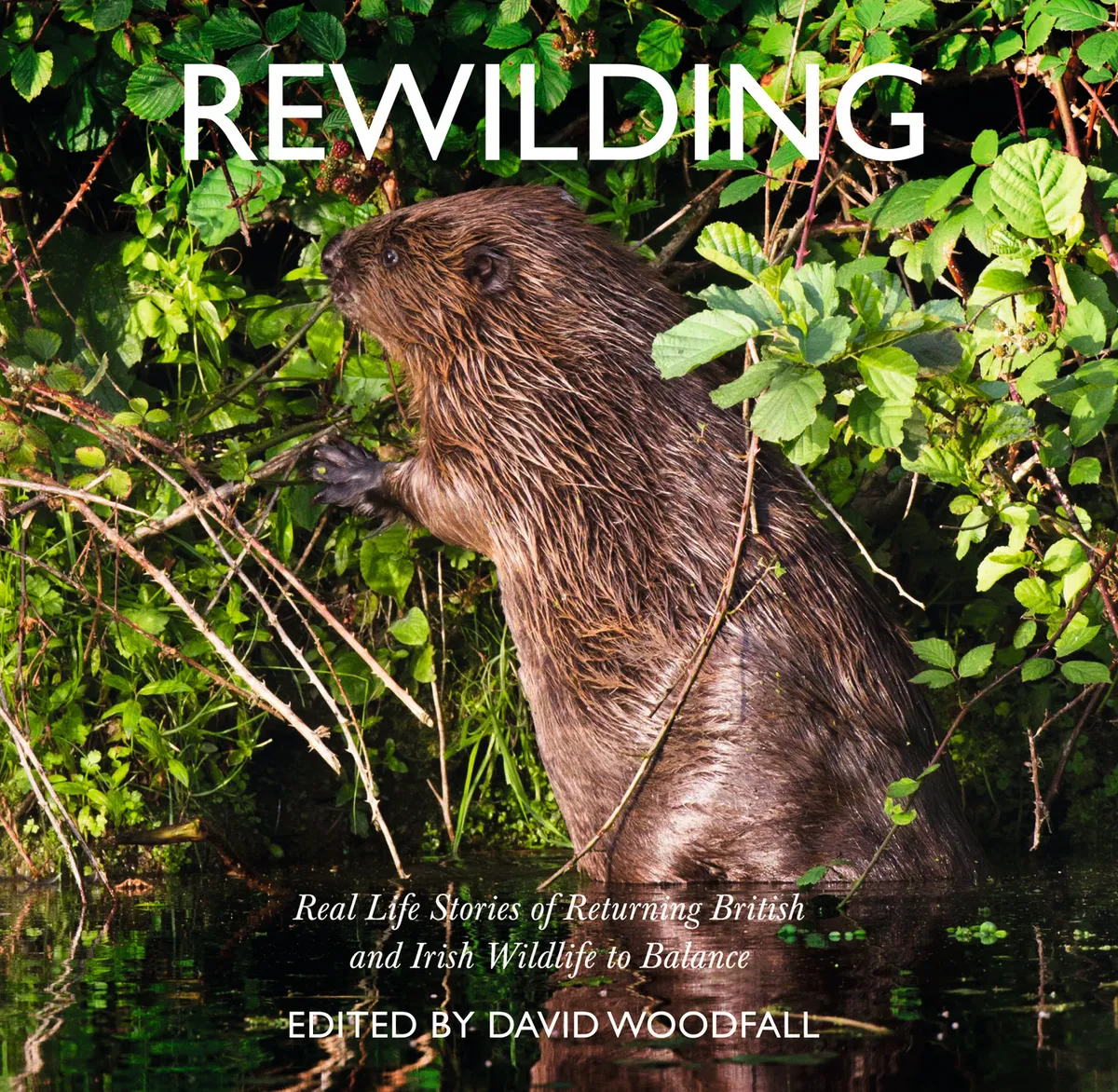
I became irate reading Rewilding. Some of the conservation projects included here are just that – conservation projects. Surely rewilding has to be more than that or the term becomes meaningless? I understand it to be restoration of ecosystems using natural processes at a landscape scale.
Here, there are stories of efforts to restore the Marches Mosses in Shropshire and return red squirrels to North Wales. Pioneering initiatives both. Ironically, perhaps, the book serves to highlight the shortcomings of rewilding. As the chapter on the South Downs says, “The rewilding dichotomy, to intervene or not?” In the nature-ravaged British Isles, sometimes the only way to conserve rare species is to manage for them, not let nature take its course.
Rewilding, says David Woodfall, is about how people “engage with their environment through the natural world.” There’s truth in that, though it will take more than engagement to reverse wildlife declines.
Reviewed by James Fair, environmental journalist
Scotland: A Rewilding Journey, by Susan Wright, Peter Cairns and Nick Underdown
- Buy now from Amazon
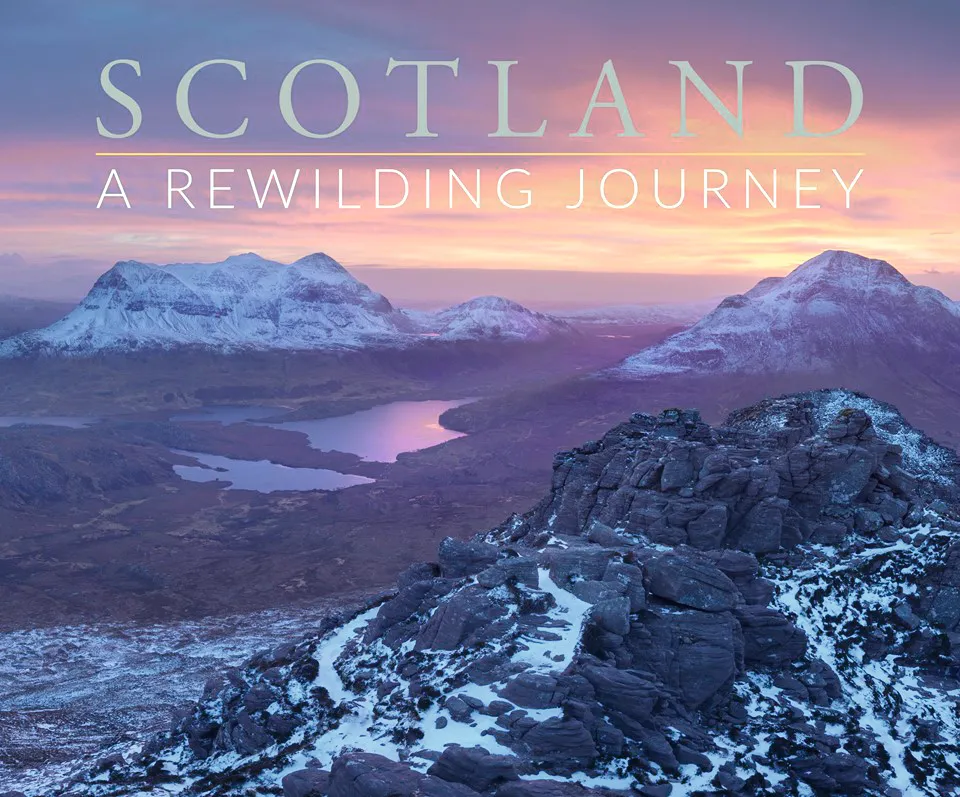
The punch of large images emphasises fine detail and the wider scene. And that scene often involves the restoration of more natural vegetation cover and the diversity of wildlife that could thrive as a result. The story of how the Scottish uplands have been degraded by centuries of deer and sheep grazing has been told many times. So too have tales of persecution of creatures such as birds of prey. What sets this book apart is contemporary solutions.
Reviewed by Kenny Taylor, former chair of Trees For Life
Feral, by George Monbiot
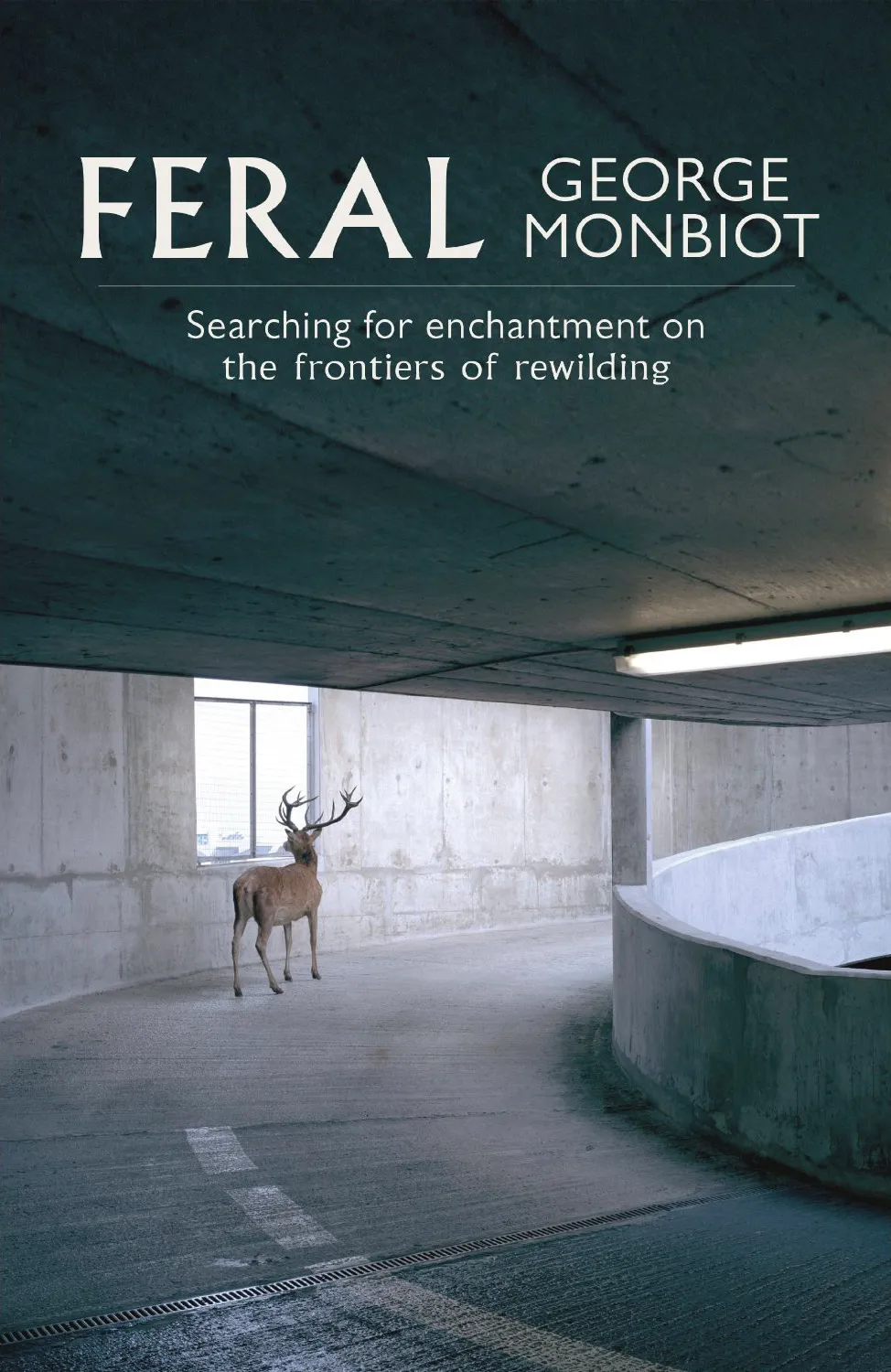
‘Rewilding’ has been slow to enter the dictionary but quicker to engage our imaginations: a restored natural environment hosting wolves, beavers, even moose and bison, is an intoxicating prospect. Several European countries have already made steps in that direction.
Not Britain, though – and George Monbiot thinks that we are more than a little backward in that respect. We are a nation of farmers and fishermen. Even conservationists act like farmers, and very dull it is. In Feral, he presents an alternative. Restoring lost natural ecosystems will, it’s claimed, also repair our own lost, wild souls.
Perhaps the most interesting environmental commentator of our times, Monbiot will find a large audience with this book. His own encounters with the wild are lyrically described, and his arguments against the primacy of the sheep-farming and fishing industries compelling. His encounters with politicians will make you angry, while his ability to find the wild in unexpected places may fill you with hope.
There are counter-arguments, of course. Thoughtless rewilding could result in less wildlife, not more (not all plants and insects live in woods). But this challenging, well-written book should stimulate not only ‘wild’ thinking but also the discovery of the wild within ourselves.
Reviewed by Peter Marren, naturalist and writer
Books for children
When We Went Wild, by Isabella Tree, illustrated by Allira Tee.
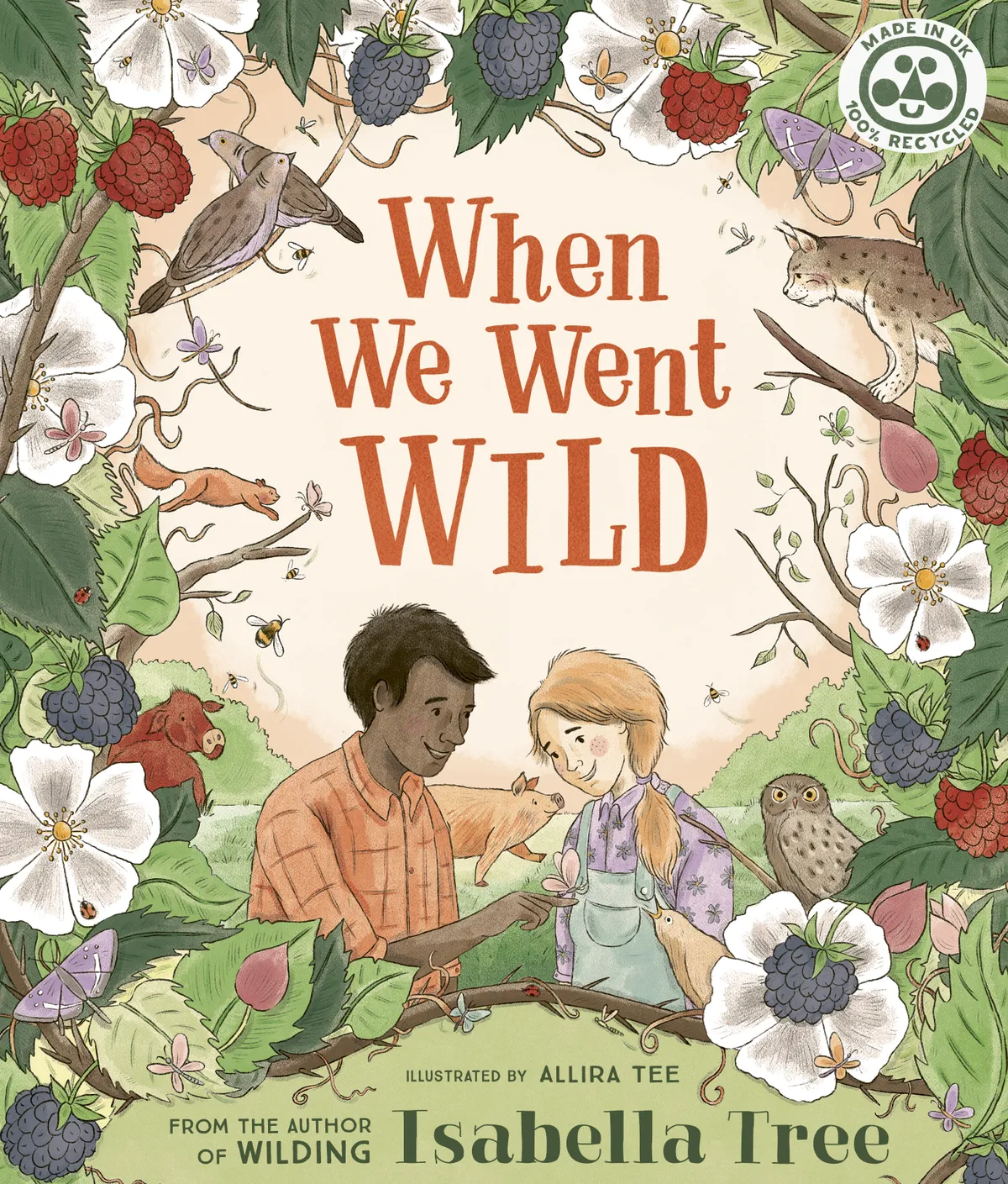
- Age range: 4-7 years
The real skill of successful conservation lies in the ability to communicate complicated, scientific concepts to as many people as possible, including children. Isabella Tree is one such communicator. When We Went Wild tells the story of two farmers who make the shift from industrial farming to rewilding, and the wonderful benefits that this brings for wildlife, their community, their animals and for them.
The story is understandably simplified, perhaps a little too, and I can imagine eagle-eyed young children (5-8) pestering parents and teachers with questions: “but why did the land soak up the water, mummy?” “Miss, why do people use chemicals if they kill all the animals?”
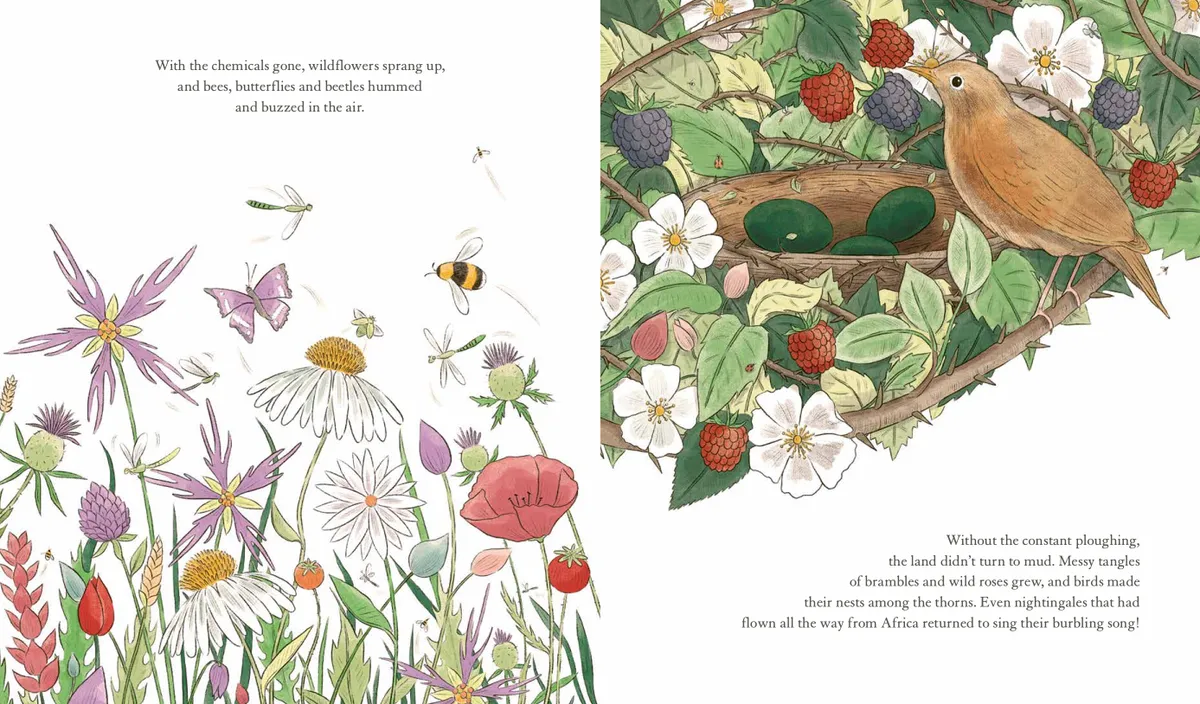
The exquisitely detailed illustrations from Allira Tee bring the whole to life, even if the opening pages are a little heavy. This lovely book is based partly on Isabella’s own experiences at Knepp Wildland in Sussex and would sit brilliantly on any nature-loving child’s bookshelf.
Reviewed by Lucy McRobert, nature writer
Rewilding, by David A. Steen, illustrated by Chiara Fedele
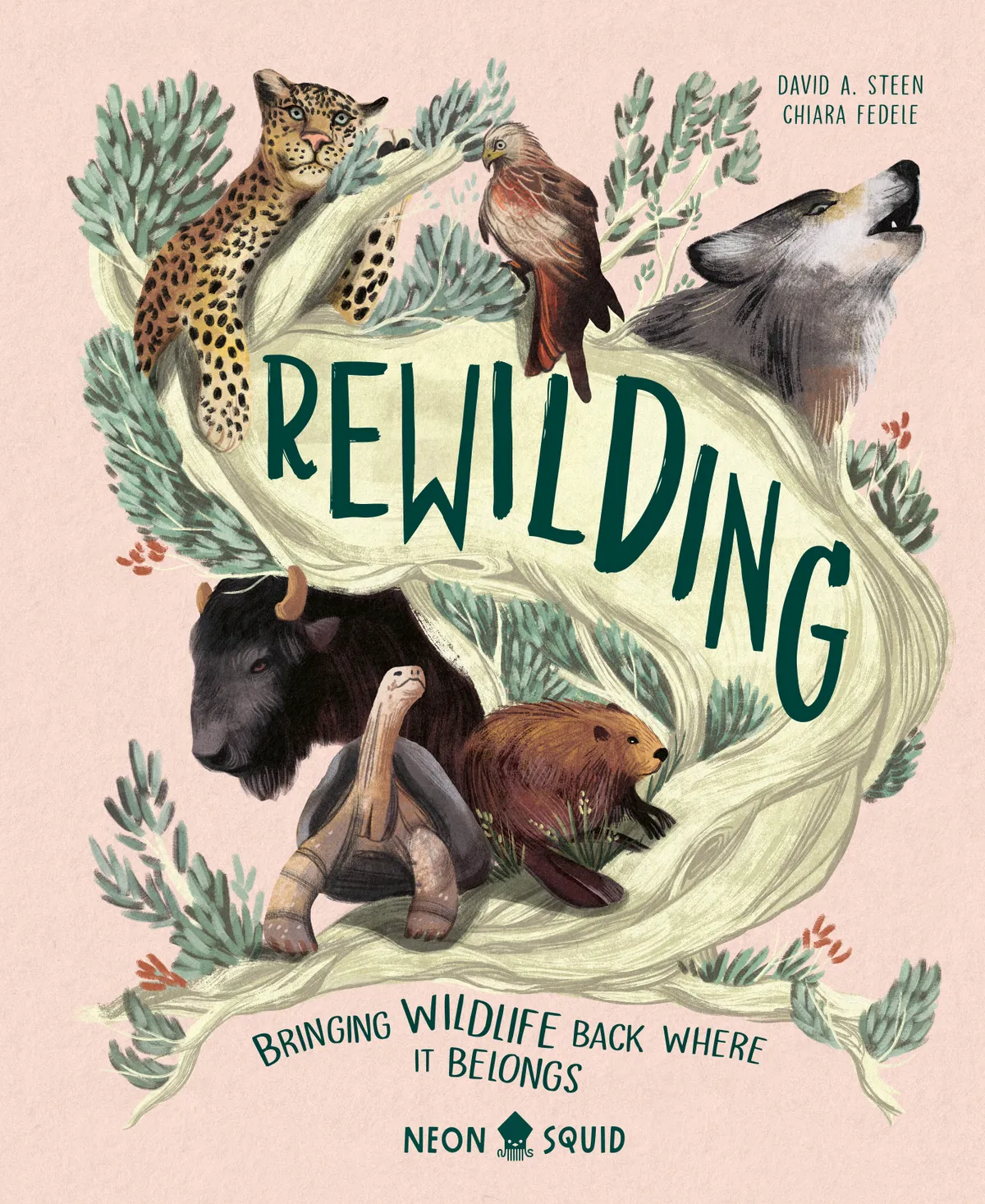
- Age range: 10 years and above
We hear the term rewilding used a lot these days, as we take bigger and bolder steps to remedy the impacts we’ve had on the natural world. This informative, colourful hardback takes a detailed look inside the rewilding process, giving a whistle-stop tour of reintroduction projects around the globe and telling inspiring stories of wildlife brought back from the brink.
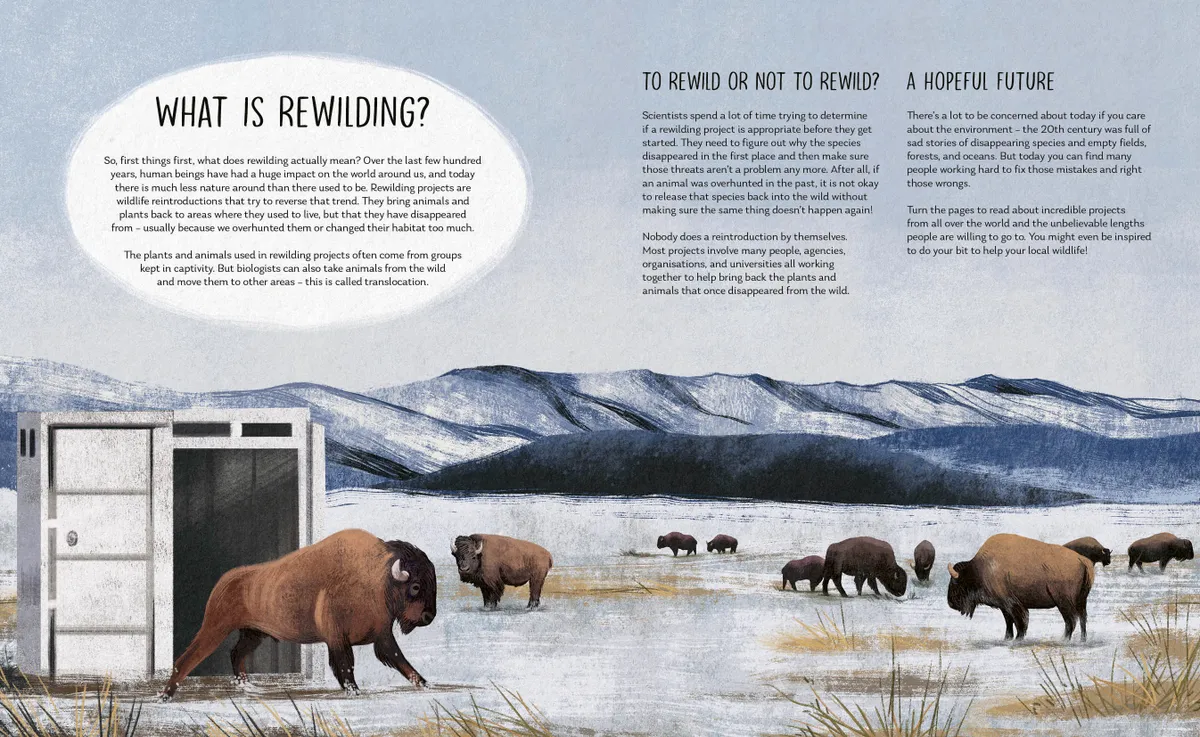
Some are well documented – think Arabian oryx and Yellowstone wolves – but there are plenty of less-trodden tales here too, such as kingfishers on Guam, hellbenders in America and the Kihansi spray toad, found in one rocky gorge in Tanzania, which went extinct in the wild when construction of a dam caused its misty microhabitat to dry out. With the release of a captive population and installation of an artificial misting system, this tiny toad was given a second chance.
For any young people anxious about the future of our planet, this is a strong and positive reminder of all the wonderful work being done to restore the natural world.
Reviewed by Sarah McPherson, features editor, BBC Wildlife
Main image: A beaver collecting food and swimming towards its lodge in Scotland, UK. © Sandra Standbridge/Getty




